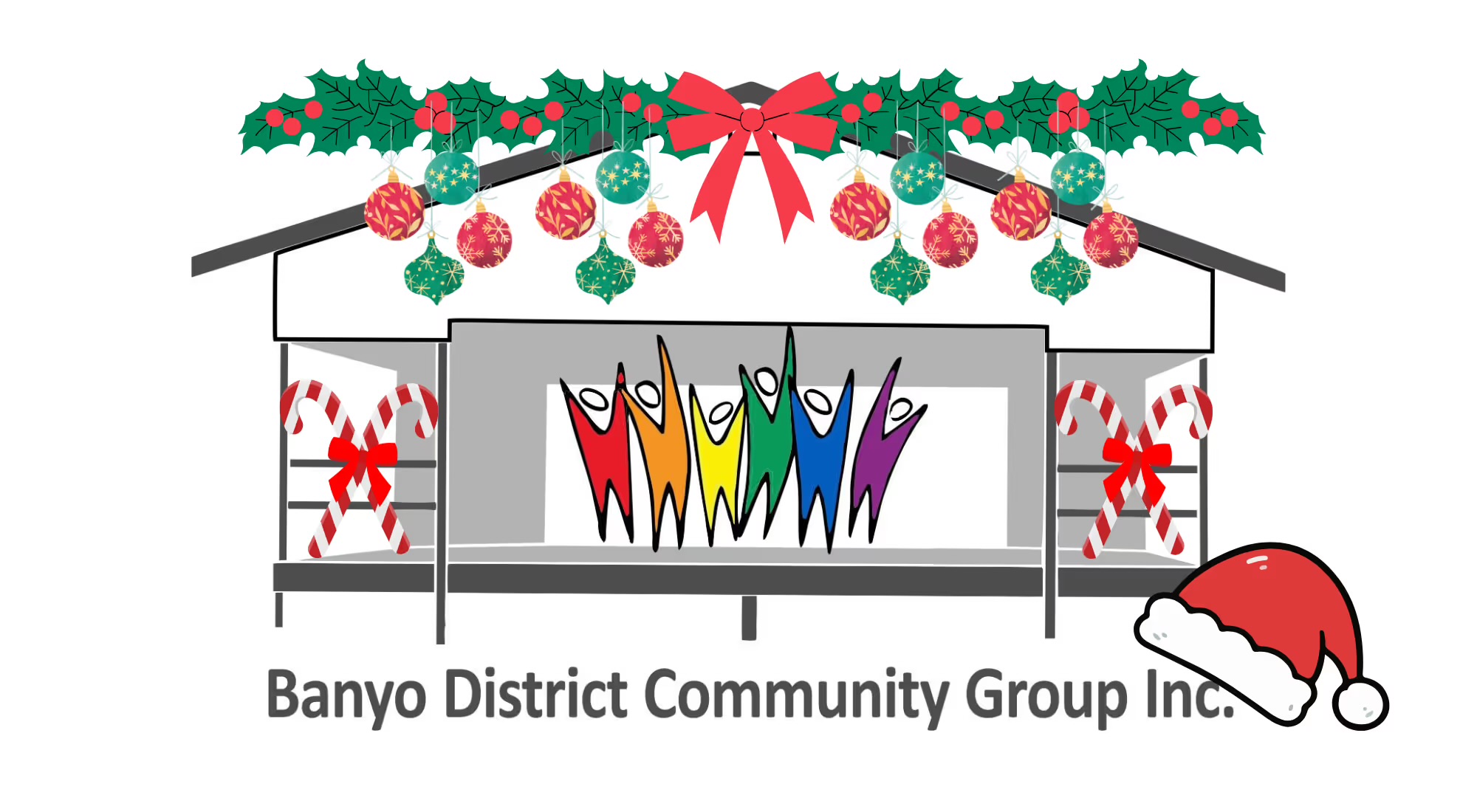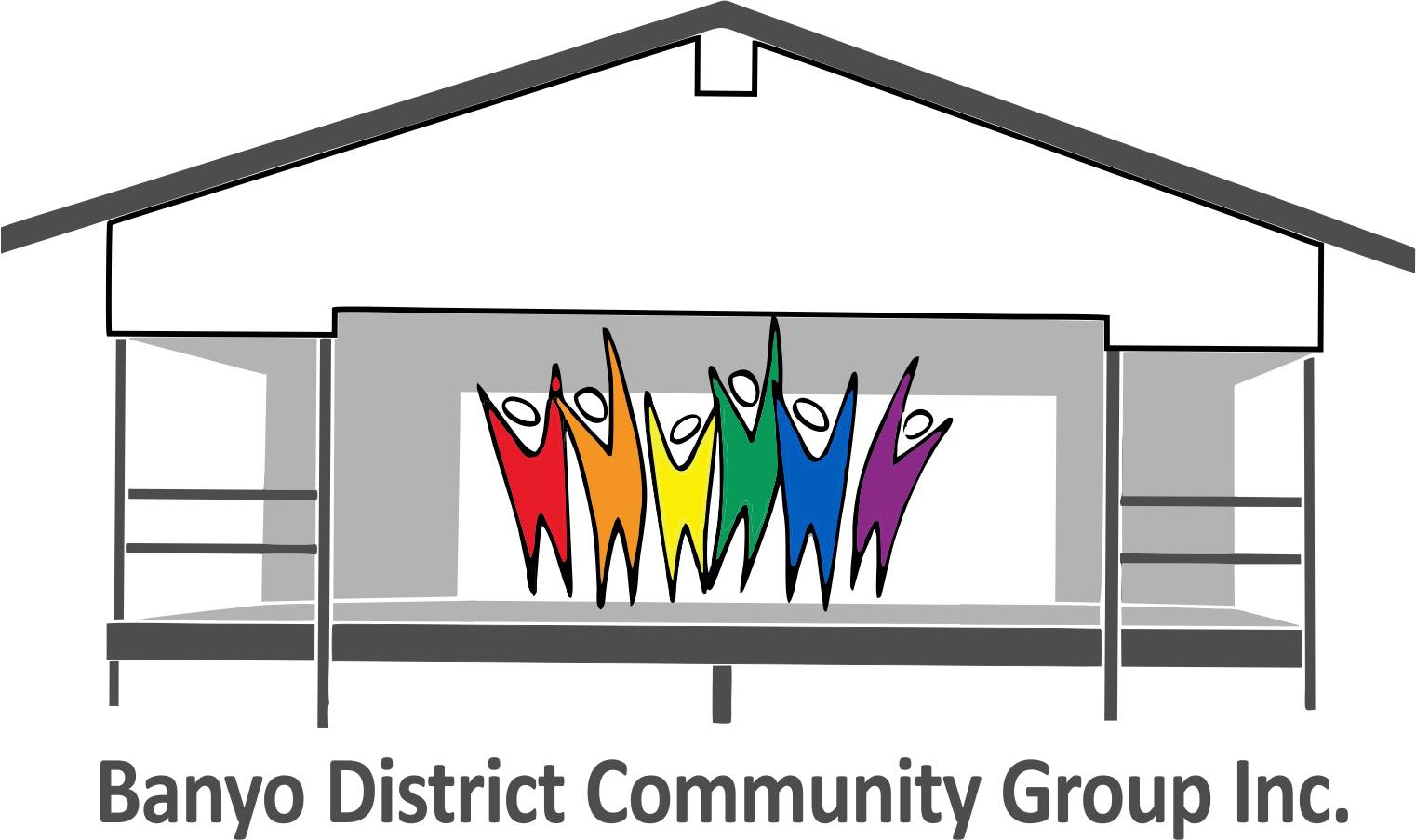All looking good for Saturday |
Local History
For convenience our local history has been arbitrarily limited to cover the following current north-side Brisbane suburbs of Brisbane approximately 14 km north west of the GPO. In the first instance, the recent history has been limited to to the following suburbs covered by the postcode 4014.
How far back do you want to go?
The district in terms of geology is based mostly on sediments that were originally deposited off the ancient Queensland coast. These deposits were uplifted and squeezed up against the nearby mountains that still remain as the hills to west in the Da'Aguluar range. These once imposing mountains are some 250 million years old and form the much of the underlying rocks and soils in and around Brisbane.
The local red soil deposits in our district are the result of relatively recent volcanic basalt lava flows that have been eroded and broken down over the last 25 million years.
The area has been subjected to periodic invasions from a rising and falling sea. When it wasn't being covered with sediments washed down from the adjoining mountains, it was being uplifted and exposed to its own erosion and acting as part of a flood plain. Approximately 6,000 years ago when the sea level was much higher the coastline ran south from the high land at Nudgee to Hamilton. The rich alluvial deposits of gravels around the nudgee waterholes have been mined on a commercial basis in the past.
Acknowledgement must also be made of the Turrabul people of this area.The Oondumbi people of the Turrabul Clan inhabited the area before the arrival of Europeans. They lived at a number of different sites which were used for food gathering, ceremonies, meetings, conflicts and burials. The local Bora Ring is an excellent example of significant and indigenous activity in the area.
Banyo
Although Banyo was originally settled as early as 1849, it wasn't until 1897 that the suburb was officially named by Commissioner of Railways, James Robert Dixon.
Before that time, the area was known as 'Clapham Junction' ('Clapham' was apparently a local name in common use). When the Sandgate railway line was first constructed it was thought the north coast line would branch off at this site hence the junction name. Original local land sales maps refer to subdivisions running off Royal Parade East and Royal Parade West as the the Clapham Junction Estate. However, according to the Queensland State Library's Brian Randall, Commissioner of Railways James Dixon was seeking a name related to the establishment of the local railway station, and he selected the Aboriginal word 'banyo,' which means 'a small hill or mountain' or 'a ridge'. The 'hill' or 'ridge' Banyo was named after no longer exists in its original form - it was extensively quarried for the contruction of Eagle Farm Airport by the US Army during WW2).
Aside from the ridge, the area was originally swampy land, crossed by various small streams. The first settlers were farmers, like James Robinson, who settled in Banyo in 1849. His sons, Henry and William, went on to serve on the Toombul Shire Council, and the family is remembered now by Robinson Road in the area. Purchase Street, Banyo is named after William Purchase, who originally took up land in the area facing Tufnell Road.
However, it was the Second World War that really transformed Banyo from farming land into something a bit more hectic. The US Army was responsible for many of the buildings at the Brisbane General Depot at Banyo - during WW2, the US Army constructed 14 warehouses on the site at a cost of £30,000. Earnshow Rd was widened by 24 feet by US engineers in 1944, and by the next year, there was 75 buildings in the army depot complex.
The large Golden Circle cannery at Banyo, that dates from 1947, is actually situated on a portion of Brisbane General Depot.
The land for the Banyo Seminary (situated on what was known as 'Behive Hill')was originally acquired by Bishop Quinn in 1863, but the seminary wasn't actually opened until 1941. The Seminary is now used as a campus for the Australian Catholic University, and as a site for the St Paul's Theological College.
Nudgee
The name Nudgee is believed to be derived from the Indigenous (Oondumbi/Undumbi clan) words N'mugi or Na'dah, meaning the 'home of wild ducks'. Other translations have been recorded, but all generally relating to the local waterholes' wildlife.
The land providing reliable sources of water such as the nudgee waterholes was settled early with farm settlements established by the 1860's
Nudgee originally refereed to a much larger area than the modern suburb including much of what is now known as Banyo and Boondall.
The catholic church obtained two significant portions of Nudgee land in 1863 for seminary purposes and 1867 for St Vincents orphanage.
The original Sandgate railway line that opened in 1882 from Brisbane established a station at Nudgee.
Nudgee Beach
The Nudgee Beach estate was offered for sale in 1916, accompanied by a foreshore reserve (1918) put aside for recreation and camping. A local progress association was formed in 1922 and a school was opened in the public hall in 1926. Isolated from Nudgee by the Boondall Wetlands and an adjoining watercourse, the community has remained small at around 300 people.

